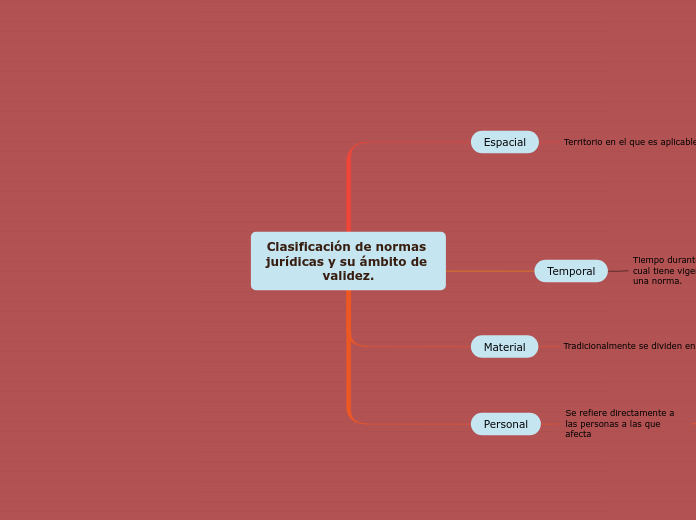av Rosa Gonzalez 4 år siden
396
Clasificación de normas jurídicas y su ámbito de validez.

av Rosa Gonzalez 4 år siden
396

Mer som dette

To name your story, you have to think about the overall message and what you want your audience to understand from the story. Also, make it relevant and easy to remember.
The ending of a story is essential. We all know that if the ending is weak, what happened before loses its importance. So make it unpredictable, but fair. A resolved ending answers all the questions and ties up any loose threads from the plot.
This is the closure section of the story.
See examples of possible outcomes below:
Publicas
Resolucion judicial
Deriva de la voluntad de las autoridades correspondientes.
Privadas
Testamento
Rige los bienes de las personas involucradas en el mismo.
Try answering these questions to come up with a closure:
- Have all the problems been solved?
- Is there a clear picture of what happens with each character in the story?
- Has the challenge transformed your main character?
- How do the characters feel in the end?
Codigo de Comercio.
Prevé los derechos y las obligaciones de todos aquellos que se dediquen a esta actividad.
The middle of the story is where you add layers of complications that will lead to the end. Reveal more about the character's journey. Did their personality go through changes? How did they overcome the challenges? And as you build up the story’s central conflict, make it more personal to that character. Also, from the middle act, you have to lead into the final act.
Derecho Civil, Mercantil.
Derecho Constitucional, Administrativo, Penal, etc.
Ley general del sistema nacional de seguridad publica
No tiene vigencia determinada
Ley de ingresos de la federacion.
Vigencia de un año fiscal.
In the beginning of the story (or the exposition), you will need to introduce the setting and characters. You might also want to introduce the main conflict. This part of the story is important because it gives the reader necessary background information and maybe even a first insight into a character’s personality.
The setting (time & place) of a story can change throughout the plot.
Sensory details include sight, sound, touch, smell, and taste. These details are important because they create depth in your setting.
See a few examples below:
Municipal
Reglamento del consejo municipal de seguridad publica.
Valido en el municipio
The time of the story can also change. It can describe the event of a single day or can include an entire year's plot. Anyway, don't forget to mention it.
Estatal
Ley del Sistema de Seguridad Publica.
Valido en todo el Estado
Federal
Ley federal de Armas de Fuego
Valido en todo el territorio nacional.
Subtopic